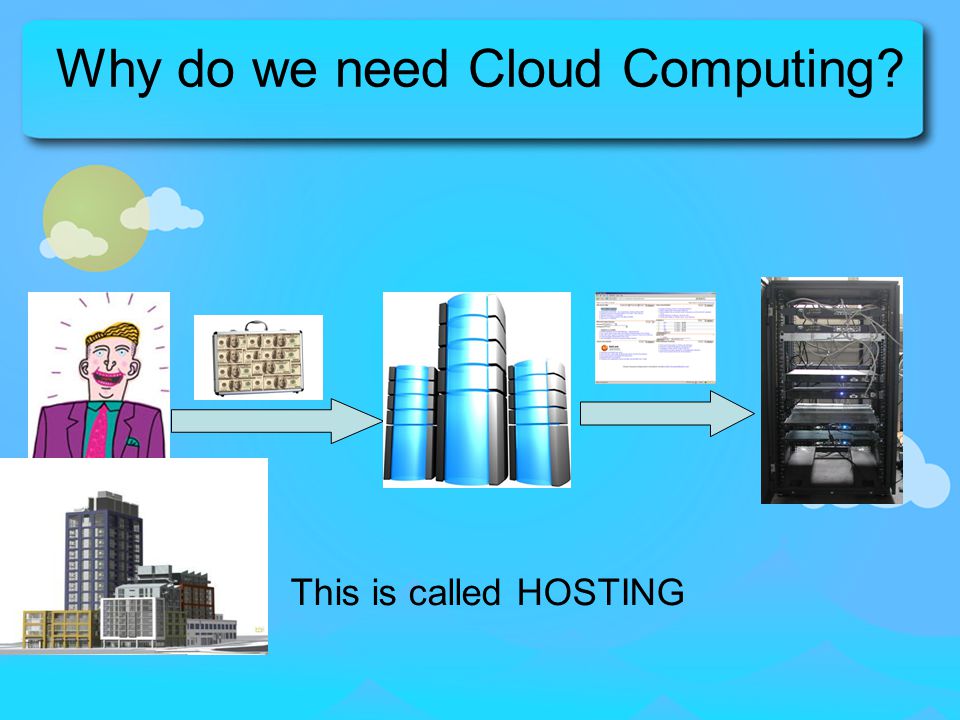
Why Do We Need Cloud Computing: Cloud computing is the exchange of computing services such as data storage, software, applications, servers etc going to the cloud means the Internet.

Cloud Computing provides a substitute for the hypothetical datacenter. With an On-premises data centre, we can manage things like buying and installing the hardware, software, virtualizations, Installing the operating system, needed software and hardware applications, setting up the local and public network, building and composing the firewall and most importantly setting up the storage for longlast data.
After doing this wet-up, we can easily maintain the lifecycle of cloud computing.
Features
In the field of networking cloud computing is the best platform if you’re thinking of choosing this profession. This platform is responsible for the development of deep knowledge of the business end user, cloud platform as well and integrated systems used by their companies. Those who are well experienced and skilled in cloud computing platforms can earn up to 5 lakhs PA.
This was a basic introduction to cloud computing. Interested candidates can join our company for the cloud computing course in Jalandhar and Hoshiarpur. O7 Services gives the best Training in cloud computing in Punjab.
There are a variety of kinds of cloud computing. Each has distinctive characteristics and advantages. Here are a few of the most popular kinds:
This kind of cloud computing is a way to provide computing resources that are virtualized over the Internet. IaaS lets companies rent servers, storage, and networking equipment cost-per-use.
PaaS is an infrastructure for developers to create tests, deploy, and test applications without worrying about the infrastructure. PaaS providers provide built-in tools for developers and services that can be used to build customized applications 45.
As a Service (SaaS) SaaS is a delivery model that lets users access software applications via the Internet. SaaS companies host and manage software accessible via a browser on the web or mobile apps 14.
Serverless computing is a type of computing that lets the cloud provider handle the infrastructure and assign resources according to the needs. It allows developers to concentrate on writing code and not worry about managing the servers and infrastructure. 1.
cloud is a cloud-based infrastructure exclusively used by only one company. company has full control over its resources and can modify the cloud as required.
Cloud providers manage the infrastructure; however, each company has its own resource set and can alter it according to its needs.
The public cloud provides infrastructure accessible to the public and accessible through the Internet. The cloud provider manages its infrastructure, and the users may lease resources on a pay-as-you-go basis 163.
A Hybrid cloud combines two or more distinct kinds of cloud-based infrastructures (public, private, or community). Hybrid cloud allows businesses to reap the advantages of various cloud types while maintaining control of their applications and data 13.
A distributed cloud is a form of cloud computing for public use that lets data centres be situated anywhere in the globe. This allows organizations to make use of local data centres while being capable of accessing resources from other locations.
Leave a Reply